We recently interviewed Jamie Duncan on how he uses Fedora. This is part of a series on the Fedora Magazine where we profile Fedora users and how they use Fedora to get things done. If you are interested in being interviewed for a further installment of this series, contact us on the Marketing mailing list.
Who is Jamie Duncan?
Jamie Duncan is from the United States and lives on approximately six acres of land in Virginia. In his spare time, he’s working on turning that land into a hobby farm with a small garden, and some animals like chickens, goats and donkeys. His favorite movies are The Usual Suspects and 2001: A Space Odyssey. Professionally, Jamie works at Red Hat in the Strategic Customer Engagement group. Duncan says, “I focus on the cloudy stuff like OpenStack and Atomic, making sure our customers have good experiences when they bring these technologies into production.” His Twitter account, @jamieeduncan, is filled with lots of interesting, geeky things. Jamie also maintains a tech blog, Lost In Open Source.
A Mandrake 1.0 CD bought off eBay for one dollar is responsible for starting Duncan’s love affair with Linux. After a short series of painful affairs with SuSe, Gentoo, and Ubuntu, he found his way to Fedora and has been there ever since. “I decided to try out Fedora purely out of practicality. I was working for a company that used CentOS on their servers, but the admins were Ubuntu users on their workstations.”
Jamie started using Fedora around 2007 and became a Fedora Ambassador in 2012. Duncan contributes to and maintains a few projects in Fedora. The project that gets the most attention is SOSCleaner. SOSCleaner is a tool that takes sosreports or datasets and intelligently obfuscates potentially sensitive data.
The Fedora Community
Jamie’s first experience with the Fedora Community came when he spent a weekend installing Fedora on a 2010 MacBook Pro, and needed assistance with getting EFI to work correctly. He met many contributors through IRC and mailing lists as he worked towards getting everything working on his hardware. “To a person, they were helpful and encouraging,” Duncan said.
One thing Duncan would like others to know about the Fedora Project is the amazing dedication of the people who contribute. “Every Linux distro is made up of the same major pieces these days. The devil is in the details. Keeping those details consistent and sane is the definition of a thankless and difficult job. The Fedora team does an overall great job with that in a very unique position.”
When asked what one person influenced his decision to contribute to the Fedora Project, Jamie struggled to limit it to just one person, but finally settled on Paul Frields. Likewise, he could not point to a single instance or event that was the catalyst because Paul was helpful so many times. “I am thankful to live near enough to see Paul in action… at the end of the day it’s great to have someone who walks the walk like Paul that I can look up to and emulate.”
What hardware?
Jamie has several computers running Fedora. His work laptop is a Lenovo T540p with 16GB of RAM and an Intel Core i7-4800MQ. The process has four true cores with hyper-threading, yielding a total of eight threads. Duncan tests various versions of RHEL (Rad Hat Enterprise Linux) utilizing KVM virtualization. His lab is always in a constant state of flux, but currently houses an ancient Dell Core2Duo with 4 GB of RAM running Fedora 21 and FreeIPA. Duncan is running a four node RDO Packstack Openstack Kilo installation on a mixture of Dell and Lenovo workstation-grade machines.
What software?
Jamie’s default laptop runs the latest Fedora, although it is a challenge to upgrade when living out in the country. He uses KVM all the time for virtual machines of different versions of RHEL. Duncan also makes use of the upstream version of Docker for all sorts of fun stuff. One of the biggest benefits from running Fedora are the community’s cloud-based services, specifically Copr and Koji. “I run several public Copr repositories. Copr makes it so easy to keep builds for your projects up to date. If you toss in a little Jenkins magic with the Copr plugin, you can make Copr an endpoint for your CI/CD process.
Duncan spoke to the holy war triad of text editor, desktop and IRC client proclaiming that he is in the church of Vim with a .vimrc of approximately 400 lines. For IRC, Jamie uses irssi running inside a screen session on an OpenStack instance inside the Red Hat firewall.
His desktop is GNOME 3 though he does try out another desktop every six months. Duncan has tried KDE, Lxfce and several other window managers over they years, but keeps coming back to GNOME 3. One of the main reasons is for the GNOME Shell Extensions. He finds some of them are pretty amazing and runs several of them including the following:
- Background Logo
- Duolingo Status
- Gravatar
- Internet Radio
- Applications Menu
- Autohide Battery
- Frippery Move Clock
His favorite is Jenkins CI Server Indicator. “The coolest I’ve found lately, though, is the Jenkins CI Integration plugin. I use Jenkins a ton for most of my daily tasks. Everything from code to customer documentation are housed in a git repo and tied into a Jenkins job to help save me time. Having all of my build statuses available on my desktop bar is pretty awesome.”

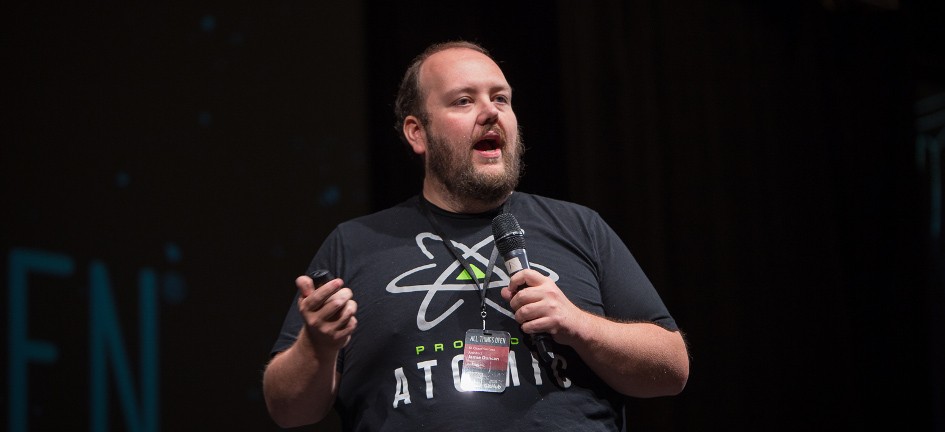







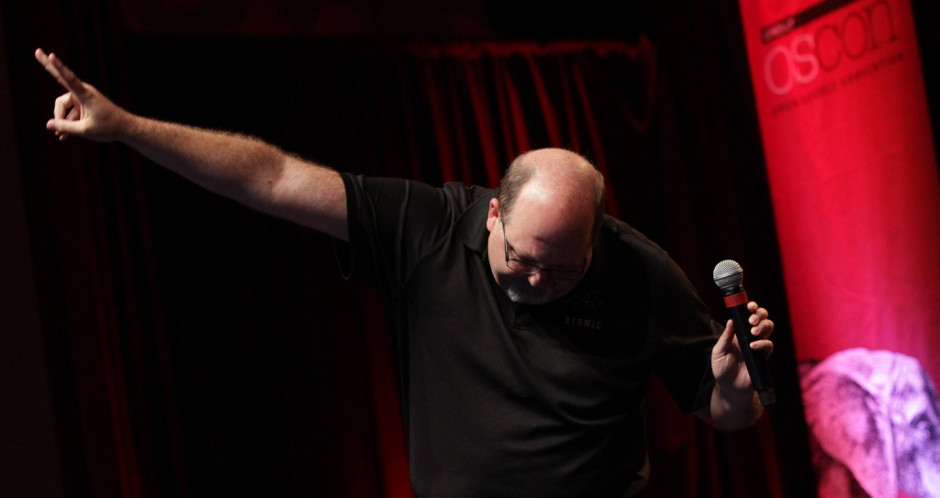


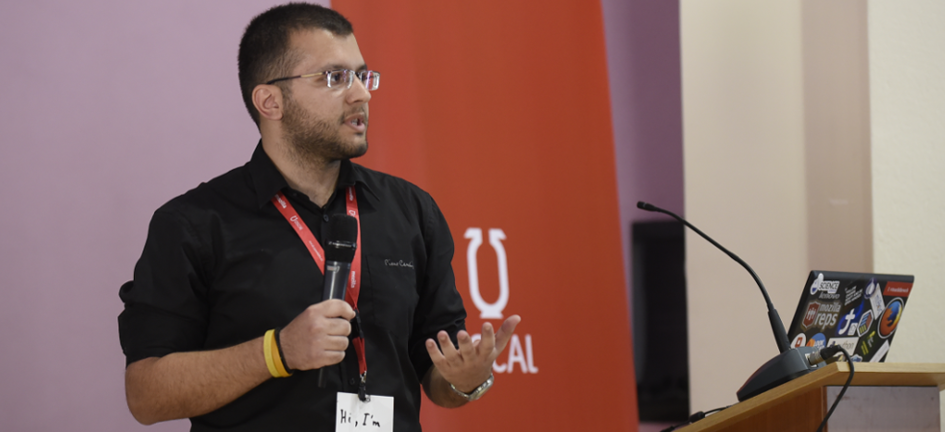

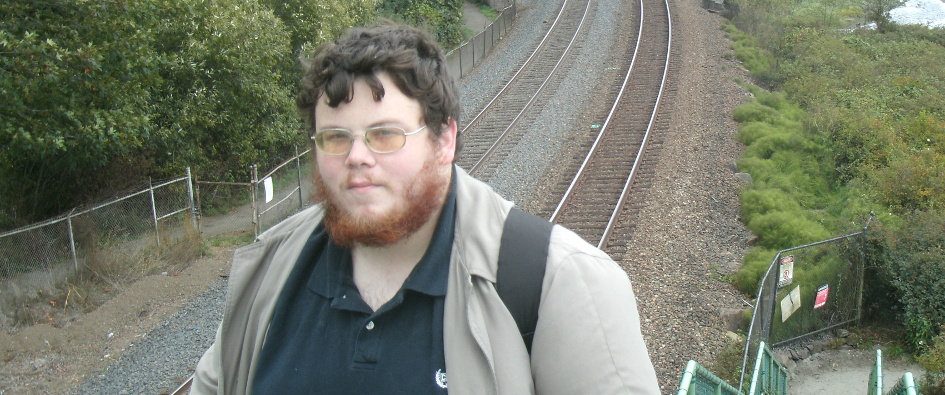

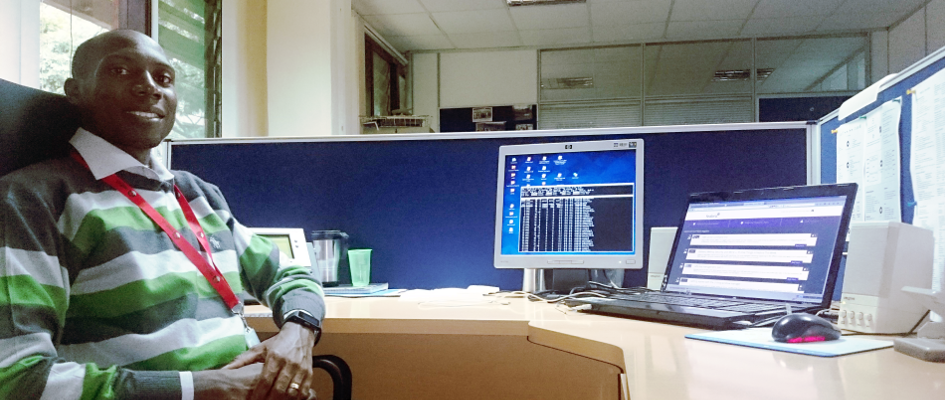
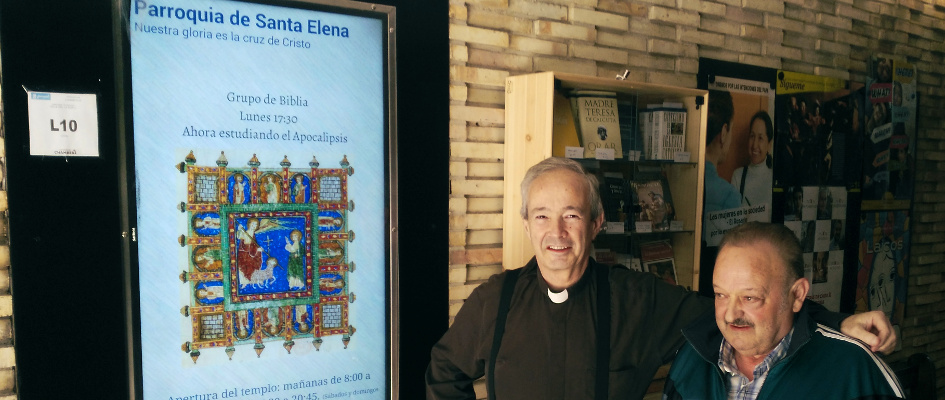

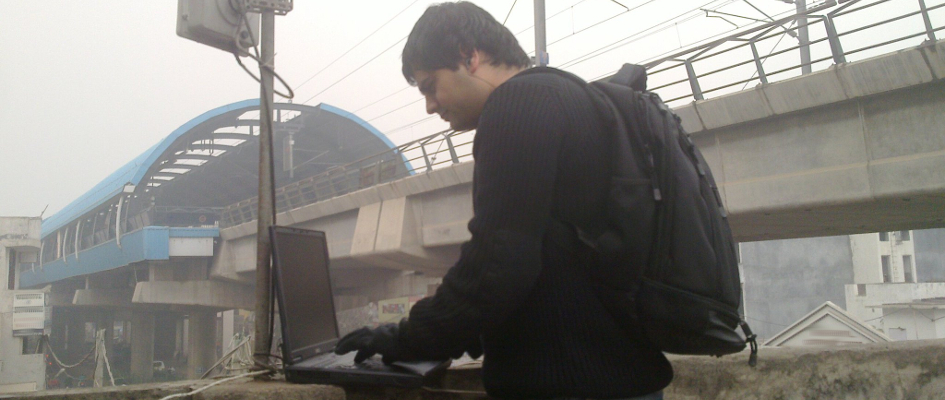
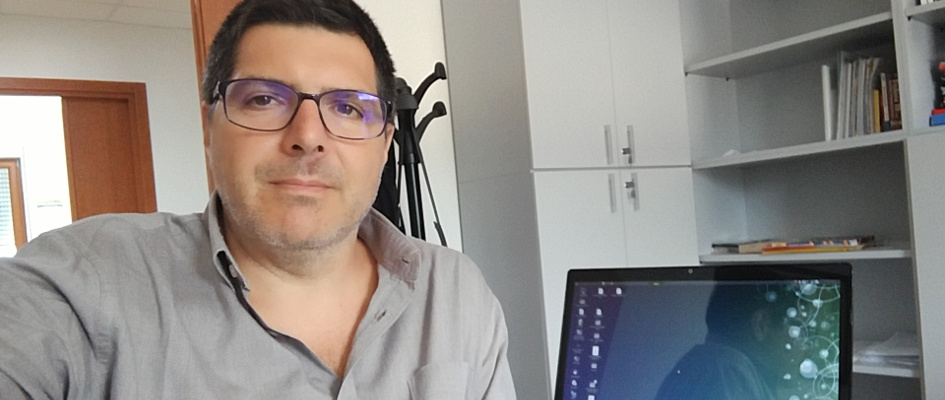



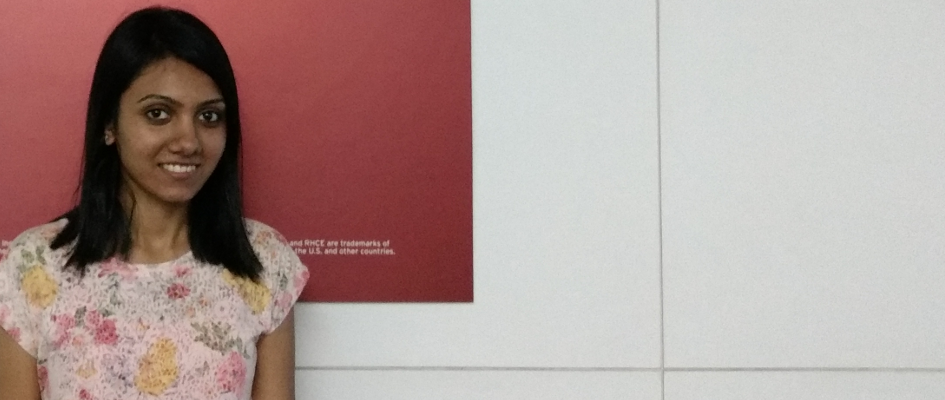

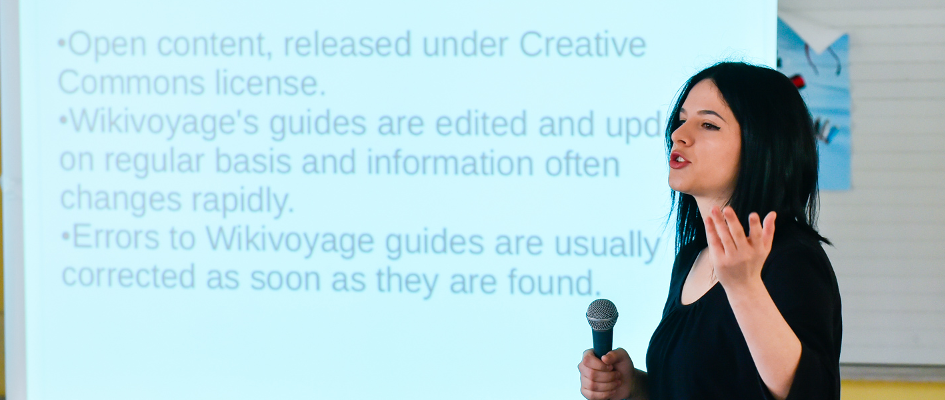

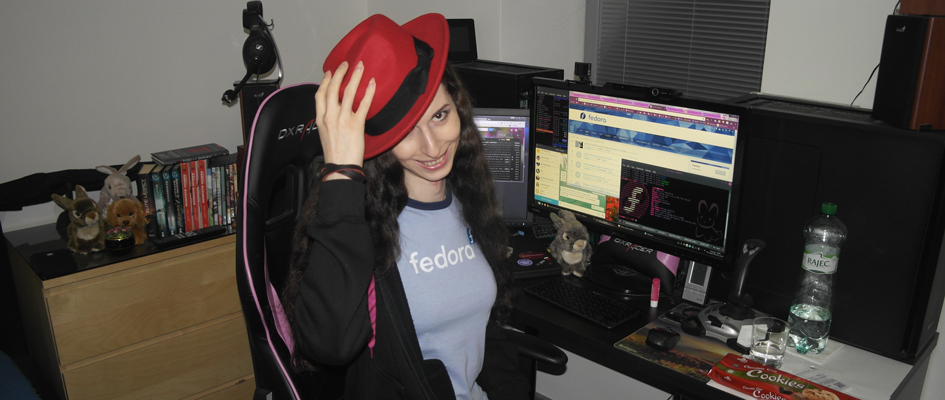
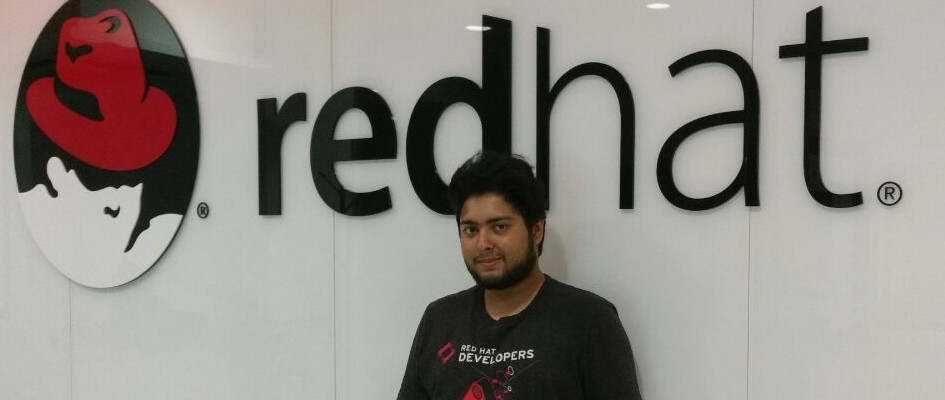
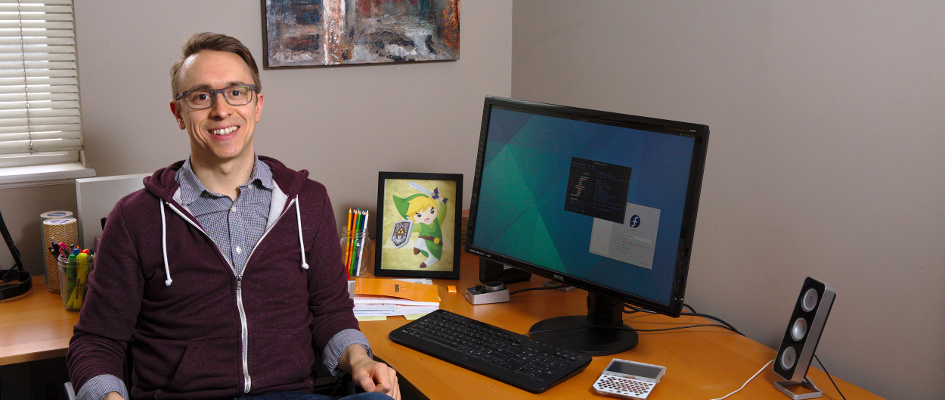
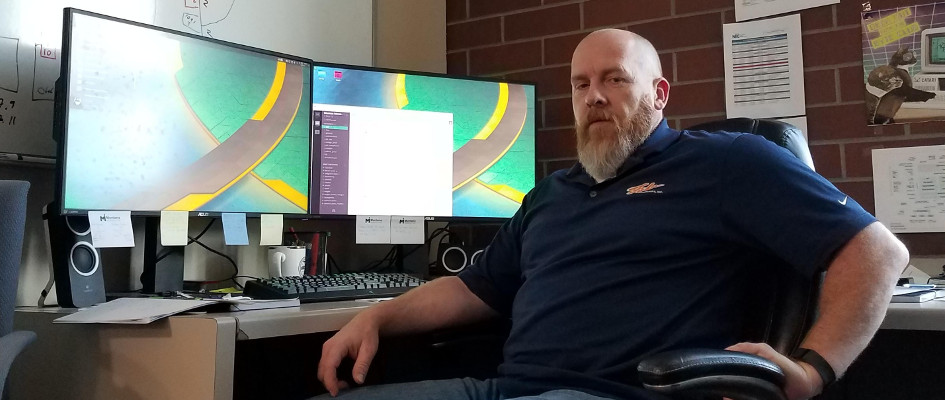


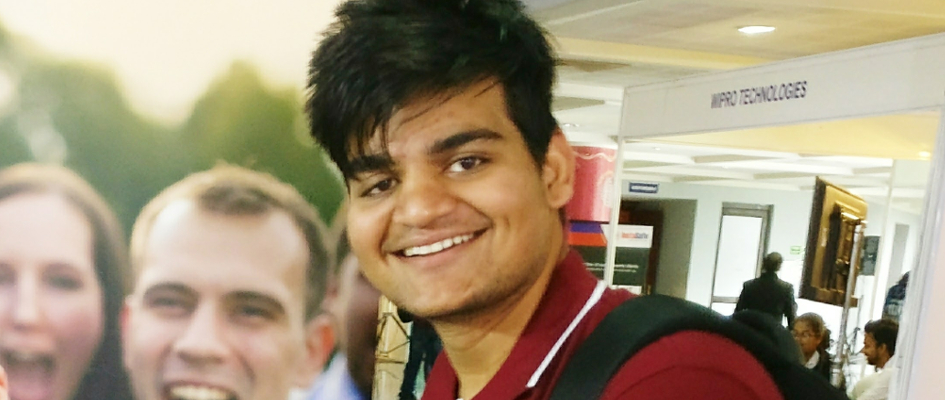


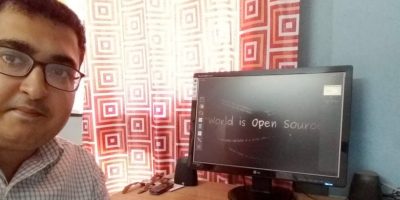



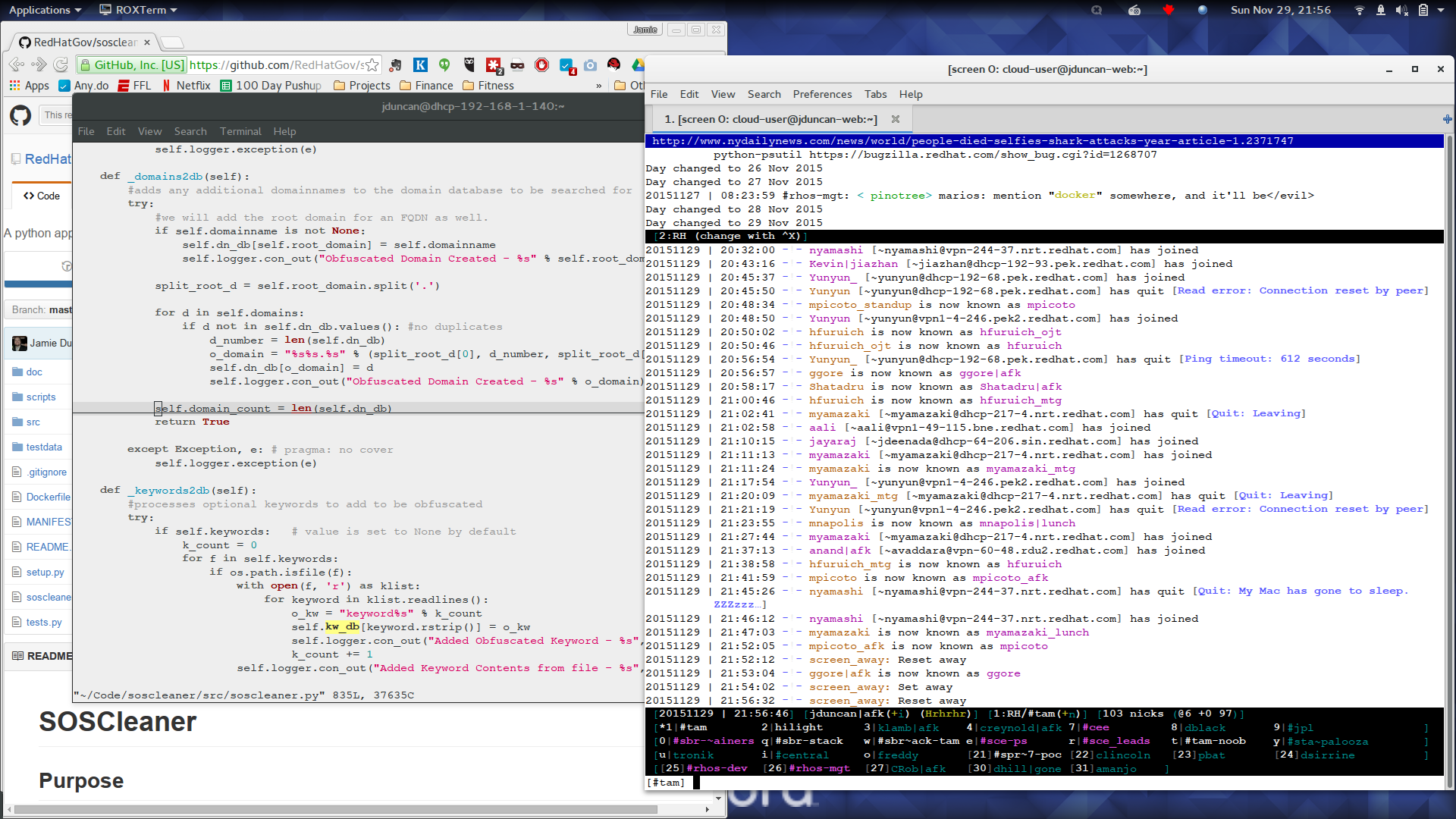

Scott Knauss
Jamie is awesome. A great mentor and teacher for me when I first started at Red Hat and still an inspiration.
Alex
This is what I love about these articles, there is always something new to discover. I’ve never heard of Duolingo before, gave it a try and I love it. Thank you Fedora Magazine!